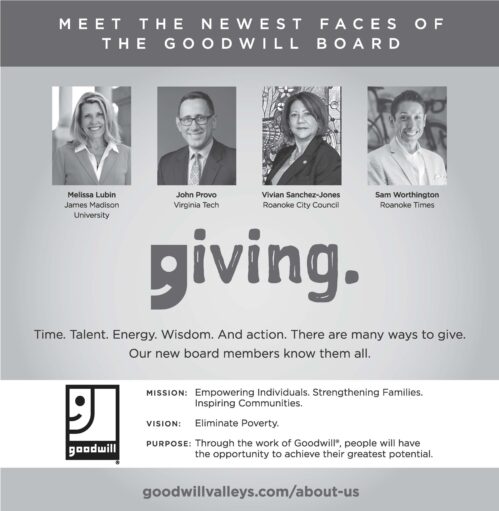 by Traci Blackmon
by Traci Blackmon
National Officer of the United Church of Christ
In the gospel of Mark, we read the story of Jesus’ encounter with a man who had lost his ability to see. The text describes Bartimaeus as one who is sitting by the side of the road, begging, when he hears Jesus passing by and cries out for help. The crowd is annoyed by his intrusive request for attention yet Jesus is not annoyed at all. Jesus inquires of Bartimaeus in a manner that is only recorded in this exchange. He asks Bartimaeus, “What do you want me to do for you?”
To some, this may seem like an odd question to ask of someone who has lost his sight, but as I read this story I was reminded of an encounter I had in Bible study with a woman who used a wheelchair for mobilization. She shared how hesitant she was to attend such gatherings or anything else in the church because of well-meaning Christians’ incessant need to see her “healed.” It was particularly annoying because she did not view her use of a wheelchair as something in need of healing. “If people would only ask me before they decide what I need, I would tell them that I am already healed.”
Perhaps, Jesus understood something that most of us have yet to learn. Having a disability does not necessarily mean one is disabled or unable to live a fulfilled life. The question asked really is what do you need to feel fully included in this community. What do you need?
As we move toward becoming an Accessible to All (A2A) denomination, this question must be at the heart of our discussions. Wheelchair accessible buildings are a beginning, but are a woefully inadequate response to the question that too often remains unasked, What do you want me to do for you?
I recently traveled to Melbourne, Australia, to preach, and spoken word artist Stevie Wills, who lives with cerebral palsy, spoke before the sermon. Stevie did not speak from the floor or use the wheelchair ramp that could have easily accommodated her wheelchair and expedited her appearance on stage. That was not what she needed. Instead, she chose to slowly walk up seven steps with some assistance. So we waited. Over a thousand people in a packed auditorium waited as Stevie carefully mounted each step. We waited while Stevie got comfortably seated on stage, and then we listened, as the words Stevie spoke scrolled behind her on a screen.
With each spoken word piece Stevie’s voice became more familiar and soon I no longer needed the printed words to understand. This is what Stevie needed that day. When Stevie’s need was met our community was made whole.
Accessible to All is a faithful response to inclusive community. A2A is not as much about expanding our entryways as it is about expanding our hearts and minds. It is about honoring wholeness that comes in many forms and recognizing that the image of God is as wonderfully complex as all of human creation.
The Disability Ministries of the United Church of Christ has prepared some wonderful resources to help us ask the question, What do you want me to do for you? Please download these vital resources @ www.uccdm.org




